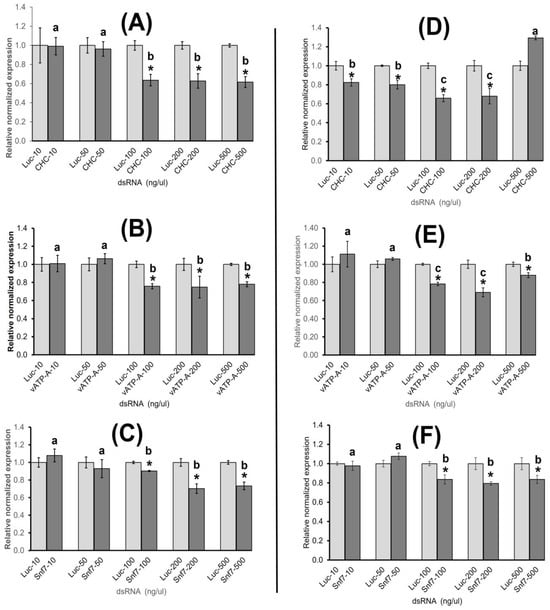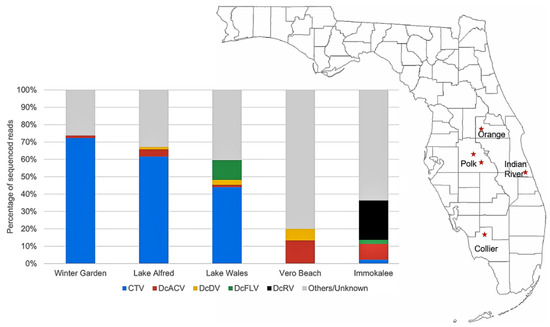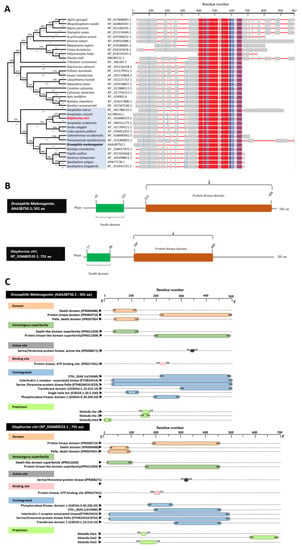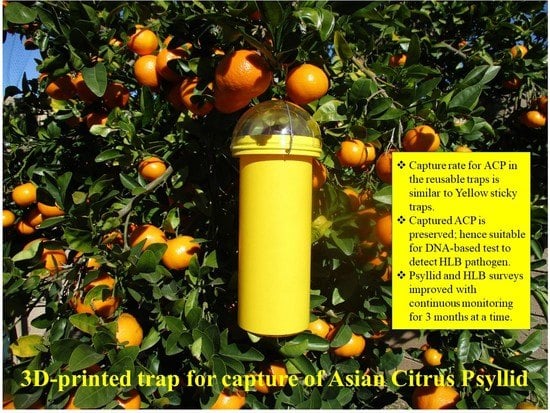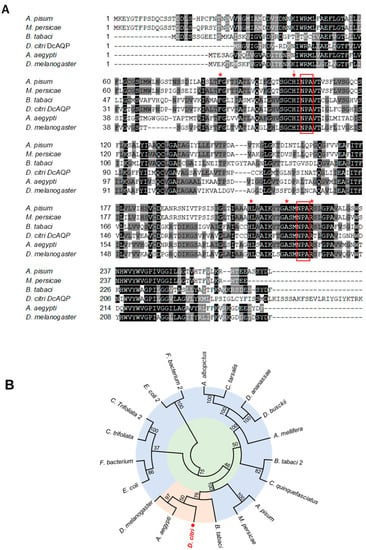Psyllid Vectors: From Genetics to Pest Integrated Management
A topical collection in Insects (ISSN 2075-4450). This collection belongs to the section "Insect Pest and Vector Management".
Viewed by 28813Editor
Interests: vector biology; plant pathogen–vector interactions; RNA interference
Special Issues, Collections and Topics in MDPI journals
Topical Collection Information
Dear Colleagues,
Psyllids are plant sap-sucking insects that transmit many plant bacterial pathogens in a persistent propagative and circulative manner. Two groups of bacteria are transmitted by psyllids: members of the genus Candidatus Liberibacter, including Ca. L. asiaticus, the causal agent of Huanglongbing, currently the most destructive disease in citrus, and Ca. L. solanacearum, the causal agent of Zebra chip in tomato and potato; and mollicutes, though there is only one group of phytoplasmas, the 16SrX or apple proliferation group, whose members are transmitted by psyllids. The psyllid vector species of these phytoplasmas are also closely related and all belong to the genus Cacopsylla.
As crops infected with these bacteria cannot be cured, and resistant plant material is not yet available to growers, preventive control measures such as vector control are of paramount importance to limit the spread of these diseases. Thus, detailed knowledge about the genetics, biology, and ecology of the vector species as well as knowledge about the transmission parameters is crucial. This Topical Collection will focus on psyllid–plant–pathogen interactions, including psyllid genetics and biology, factors affecting transmission, and new approaches to psyllid control, blocking transmission and decreasing the dispersal of plant bacterial diseases.
Dr. Nabil Killiny
Collection Editor
Manuscript Submission Information
Manuscripts should be submitted online at www.mdpi.com by registering and logging in to this website. Once you are registered, click here to go to the submission form. Manuscripts can be submitted until the deadline. All submissions that pass pre-check are peer-reviewed. Accepted papers will be published continuously in the journal (as soon as accepted) and will be listed together on the collection website. Research articles, review articles as well as short communications are invited. For planned papers, a title and short abstract (about 100 words) can be sent to the Editorial Office for announcement on this website.
Submitted manuscripts should not have been published previously, nor be under consideration for publication elsewhere (except conference proceedings papers). All manuscripts are thoroughly refereed through a single-blind peer-review process. A guide for authors and other relevant information for submission of manuscripts is available on the Instructions for Authors page. Insects is an international peer-reviewed open access monthly journal published by MDPI.
Please visit the Instructions for Authors page before submitting a manuscript. The Article Processing Charge (APC) for publication in this open access journal is 2600 CHF (Swiss Francs). Submitted papers should be well formatted and use good English. Authors may use MDPI's English editing service prior to publication or during author revisions.
Keywords
- psyllid
- vectors
- pest integrated management
- molecular interactions
- Candidatus Liberibacter
- phytoplasma






